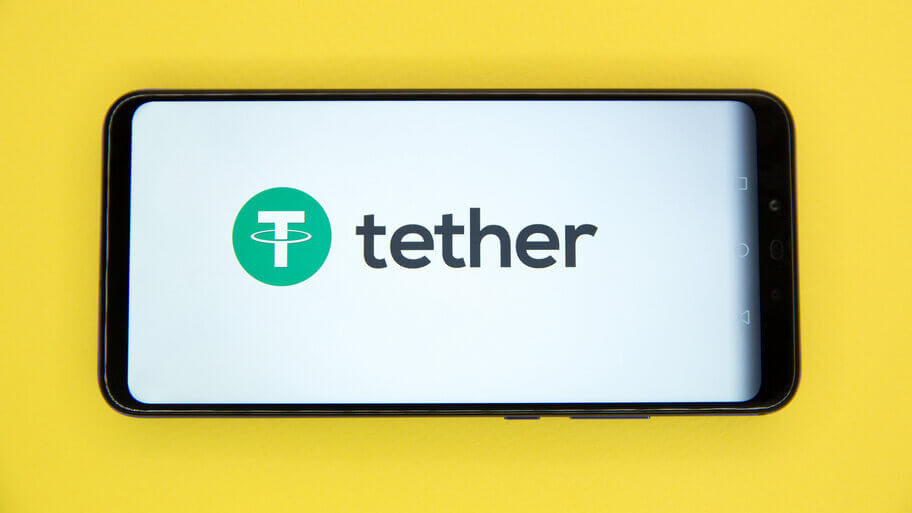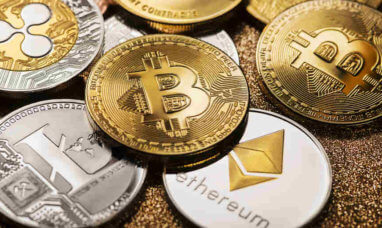One of the scariest aspects of cryptocurrencies is their extreme volatility. The coins that you own today could have a completely different value tomorrow. To avoid these unpleasant shocks, technology teams set out to develop the ideal cryptocurrency coin. What they came up with was stablecoins. Here, we’ll explain how stablecoins work and reveal some of the benefits of stablecoins.
What Exactly Is a Stablecoin?
A stablecoin is a type of cryptocurrency whose value is linked to an external asset, such as gold or the US dollar, to maintain price stability. Uphold’s stablecoin, UPUSD, is an excellent example of a stablecoin tied to the US Dollar at a 1:1 ratio.
There are many benefits of stablecoins for investors who are interested in cryptocurrency but concerned about its rampant volatility. Not only is a stablecoin universal and unattached to central banks, but it is also stable in volatile markets.
Stablecoins make an unprecedented effort to bridge the divide between fiat currency and cryptocurrency. Fiat currencies, like the U.S. Dollar, are not subject to dramatic market fluctuations since they are linked to underlying assets. These assets, such as gold or foreign exchange reserves, serve as collateral.
Stablecoins have soared in popularity to become a $100 billion asset class. The main reason for their appeal is that they are backed by safe-haven assets—typically fiat currencies like the dollar. These fiat currencies anchor stablecoins in real-world value and mitigate their volatility.
Stablecoins like Uphold Stablecoin (UPUSD), Tether (USDT), and DGX Stablecoin are appealing bets for investors and businesses wanting to enter the crypto sector but fearful of the volatility of cryptocurrencies. Even the most established cryptocurrencies such as Bitcoin and Ether are highly volatile and therefore risky.
Visa and Walmart are among the Fortune 500 corporations that have jumped on the stablecoin bandwagon. Stablecoins have also found usage in an ever-growing number of decentralized finance (DeFi) applications.
Types of Stablecoins
There are several different types of stablecoins. Here are the most popular varieties:
Fiat-Collateralized
These are stablecoins that are tied to real currencies. Uphold stablecoin (UPUSD) and Tether USD (USDT) are fiat-collateralized stablecoins.
Cryptocurrency-Collateralized
A cryptocurrency-collateralized stablecoin is pegged to another cryptocurrency. An example of a cryptocurrency-collateralized stablecoin is MarkerDAO/DAI. This stablecoin is pegged to Ethereum.
Commodities-Collateralized:
Apart from pegging stablecoins to fiat money and crypto, stablecoins can also be tied to the price of commodities such as oil, gold, or silver. DIGIX is a stablecoin pegged against gold.
Examples of Stablecoins
Here are some of the most popular examples of stablecoins:
-
-
- Uphold stablecoin (UPUSD)
- Tether (USDT)
- USD Coin (USDC)
- Binance USD (BUSD)
- Dai (DAI)
- TerraUSD
- TrueUSD
- Pax Dolla
- Neutrino USD
-
Are Stablecoins Safe?
In contrast to Bitcoin and other major cryptocurrencies, stablecoins are blockchain-based cryptocurrencies backed by liquid assets. That doesn’t mean they are without risk. Would-be investors still question what the safest stablecoin is and try to target those coins. The collapse of Iron, an algorithmic stablecoin, in June of this year raised concerns about the safety of stablecoins.
There is also risk that stems from the stable pricing of these coins. A stablecoin’s price will not fall, but it will also not rise. So, by investing in stablecoins, you are sacrificing the upside potential of those high-risk, high-reward coins.
Create Your Own Stablecoin
Stablecoins are often created via the pegging of assets such as cryptocurrency, gold, or fiat currencies and through other development methods. They may be fully collateralized in U.S. dollars or other national currencies, depending on the individual needs. Here are some critical steps to create your own stablecoin:
-
-
- Select the kind of stablecoin development that you want.
- Select the blockchain platform and technologies needed for stablecoin development.
- Consider the issue of liquidity maintenance.
- Calculate inflation and determine value.
- Consider the fees for transactions.
- Create the system’s technical designs.
- Develop, integrate, and launch a blockchain on the mainnet.
-
Stablecoin Regulation
Typically, regulators focus their scrutiny on the financial system’s most significant sectors such as banks and money market funds. In contrast to volatile cryptocurrencies such as Bitcoin and Ethereum, stablecoins have the potential to play a significant (though still undefined) role in the future of global finance. They may even form the backbone of financial services and payments. This implies that significant changes to central banks, regulators, and the financial industry may be on the horizon. These developments can deliver a slew of advantages as well as introduce grave new concerns.
According to economists, stablecoins provide real-time, lower-cost, more secure, and more competitive payments than consumers and companies now experience. For companies, they can significantly reduce the cost of accepting payments. They can also simplify the process for governments to administer conditional cash transfer schemes (including sending stimulus money). In addition, they may provide access to the financial system for unbanked or underbanked sectors of the population.
However, without strong legal and economic foundations, there is a significant danger that stablecoins may lose their stability. They might implode, as an unstable currency board would, or “break the buck,” as money market funds did in 2008. They have the potential to recreate the anarchy associated with nineteenth-century “wildcat” banks. Or, stablecoins may simply slide into oblivion.
Benefits of Stablecoins
While there are certainly risks, here are some of the most promising benefits of stablecoins:
-
-
- Stablecoins simplify the process of transferring money across cryptocurrency exchanges and are the most convenient method of doing so.
- They are the only kind of cryptocurrency that has the potential to become a real currency.
- Citizens of nations with unstable currencies may purchase stablecoins rather than risk their currency depreciating in value.
- Certain exchanges enable you to lend your stablecoins in return for interest. Generally, stablecoins provide significantly greater interest rates during bull markets. Cryptocurrency owners have earned up to 25% interest by lending stablecoins in this manner.
-
Final Thoughts
Popular cryptocurrencies such as Bitcoin are notorious for their volatility. Stablecoins are the answer if you’re searching for cryptocurrencies without the wild price swings. Stablecoins are cryptocurrencies whose prices are more steady. They remain more stable because their value is linked to another asset, such as Gold, Silver, or U.S. dollars.
While stablecoins lack volatility, their stability also means that they do not provide the same potential for massive profits. However, they offer certain benefits over more volatile currencies that may justify their purchase in certain situations.
Featured Image: Megapixl








